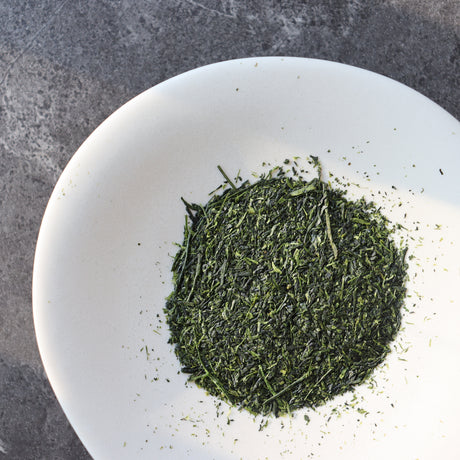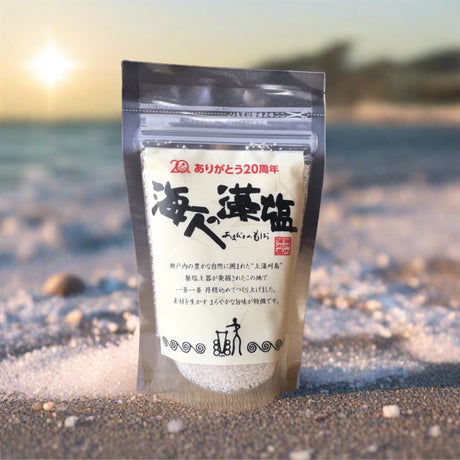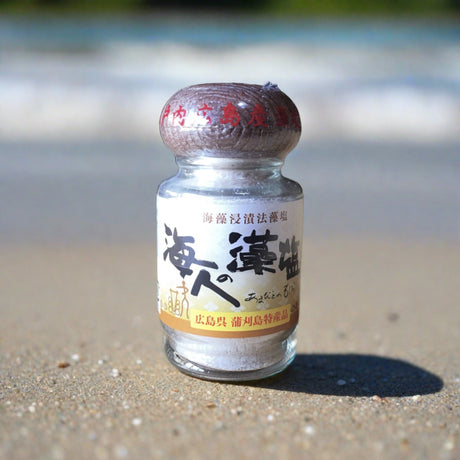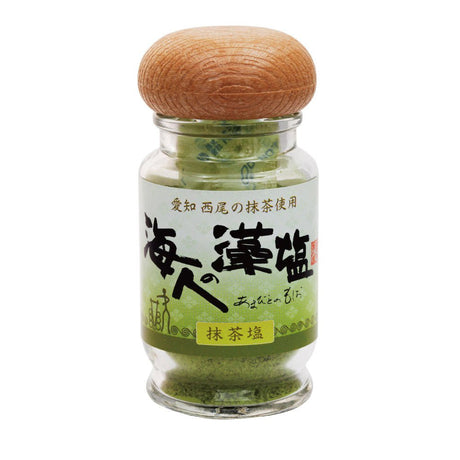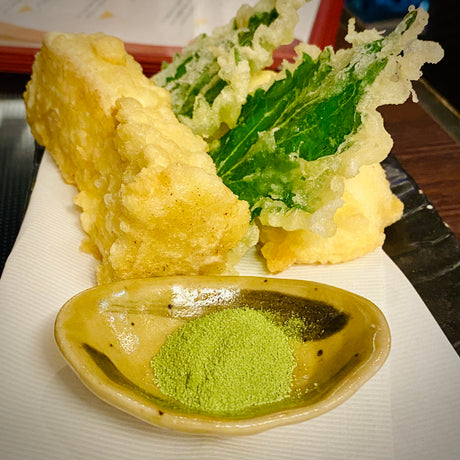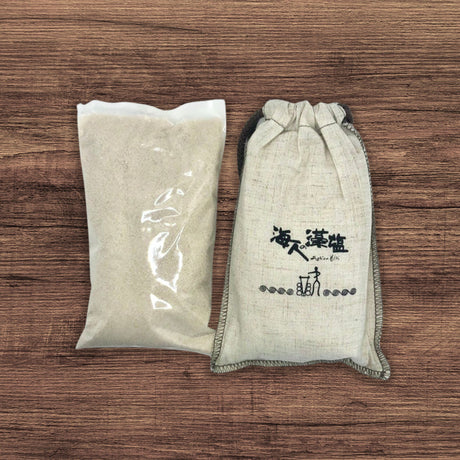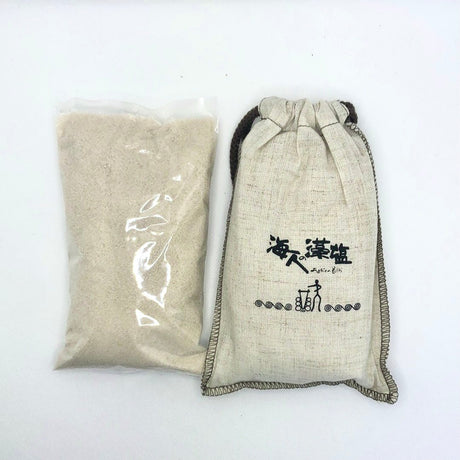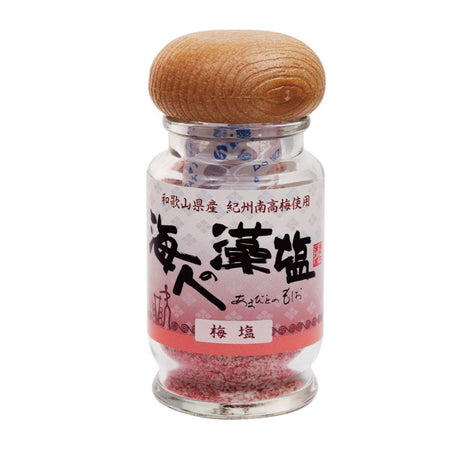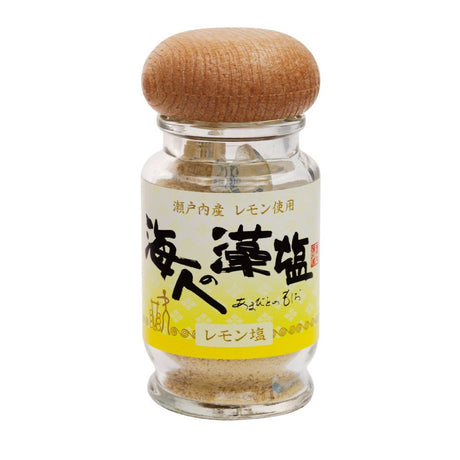
Featured on the Netflix series: Fat, Salt, Acid, Heat
Kamagari Bussan Co. Ltd. manufactures Moshio, salt made of seaweed such as hon’dawara (sargassum), and is mild in flavor with strong umami flavor. The beige color of moshio is a result of the umami condensed from only sea water and seaweed.

Skilled saltmakers of Kamagari Bussan
Article on the history of Seaweed Salt on The Japan Times
Thanks to the moderate and warm climate, Setouchi Inland Sea region have been producing salt since the Heian period (9-12 century). But long before that in the Kofun period (late 3rd – 7th century), archaeologists believe a salt production method called “moshio-yaki” already existed, earliest known sea salt production in Japan. Using historical resources, we have attempted to recreate this salt production technique. (See the History section below)
The location where this salt production took place is on a small island in the Inland Sea, the Kami-kamagari Island. The specific beach where salt was made is now named kenmin no hama, meaning citizen’s or people’s beach. It is also renowned for the contrast of its beautiful white sand and the green pine tree.
Beautiful beach of Kami-kamagari Island where ancient salt-making pots were found.

Ancient pot firing of moshio making

Factory built after the excavation site

It was in 1984, over 20 years ago from now, during a reconstruction of the kenmin no hama beach that a clay pot for salt making from the Kofun period was found. This discovery was the starting point for moshio study, which also lead to the establishment of moshio-no-kai (Moshio Association). The founder of the ancient salt-making pot and an archaeologist for over 30 years, Senshu Matsuura lead the project on the study of ancient salt making method used over 1,000 years ago.
It was not an easy road. Even though the salt making pot was excavated, when we asked the historians about the method of salt making, they all came back with one answer, “I don’t know”. We didn’t even have a record or document on salt making to start with.
We were all at a loss, until Matsuura-san took a different approach by referring to the poems of Man’yoshu, Japan’s oldest anthology of poems from the 8th century. He found that the word “moshio” appeared in several Man’yoshu poems that read about sea and salt. From this, he picked up the word tamamo, seaweed with round air bladder, or in other words, hon’dawara (sargassum).
Spending nearly 10 years, the method of moshio making became clear; dry hon’dawara seaweed that has been soaked in sea water and by repeating this process it will result in salt water with high concentration of salt; this is then boiled in a clay pot until it becomes crystallized salt. The ancient clay pot salt production method was presented at a symposium and was recognized by the archeological society, which not only drew great attention but was also a memorable moment when the “Amabito-no-moshio” was born.
The moment people tasted the moshio revived by the Moshio Association, they could not believe that such delicious salt existed in the ancient times. On July 1998, in the hope of passing down the knowledge, technique, and taste created by predecessors through moshio making, present Kure city of Hiroshima and Howa Shoji Co., Ltd. together established Kamagari Bussan. Building the salt manufacturing facility on the very location where the salt-making pot was excavated, that was the beginning of moshio making.
Showing gratitude and longing to the ancestors that made salt by embracing the gift from the surrounding sea, we named the product “Amabito No Moshio” (amabito, literally sea people, often refers to fishermen or divers). “Amabito No Moshio” now on sale in 1,000 years!

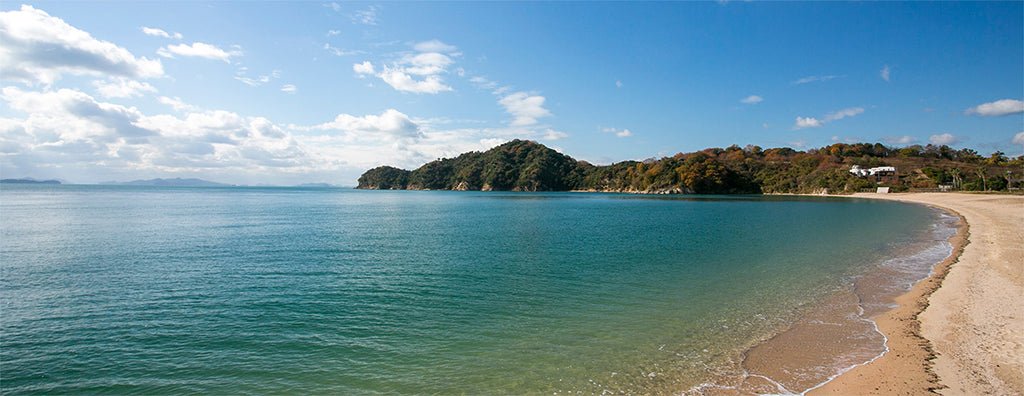
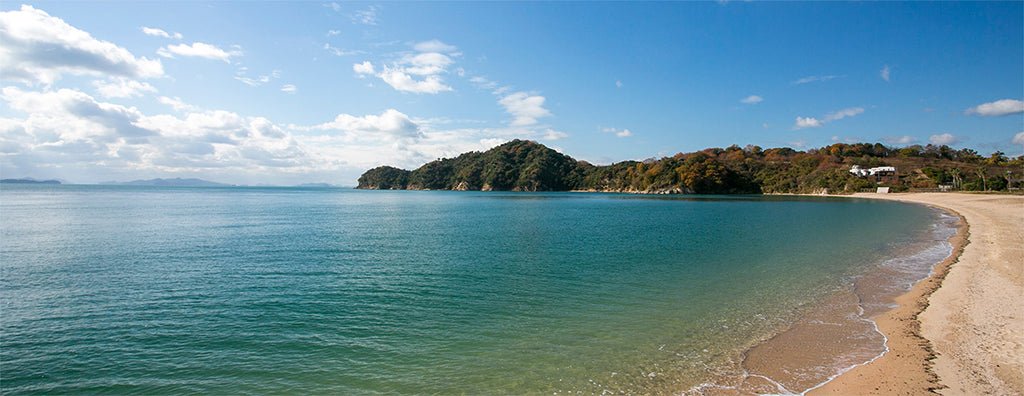








 Born on the island of Kamagari, a place referred as the land of moshio-yaki in the age of the Man’yo, we have respect and love towards the beautiful sea and what the nature has provided us. 10 years have passed since we saw the revival of “Amabito no Moshio” (ancient sea salt) after 1,000 years. We hope to embrace the surrounding nature that has been preserved as part of the Setonai-kai National Park, and will continue producing the sea salt with great care and safety. We hope you enjoy the taste and please visit us on the Kami-kamagari island to see the ancient salt making site and experience the salt making from the ancient time.
Born on the island of Kamagari, a place referred as the land of moshio-yaki in the age of the Man’yo, we have respect and love towards the beautiful sea and what the nature has provided us. 10 years have passed since we saw the revival of “Amabito no Moshio” (ancient sea salt) after 1,000 years. We hope to embrace the surrounding nature that has been preserved as part of the Setonai-kai National Park, and will continue producing the sea salt with great care and safety. We hope you enjoy the taste and please visit us on the Kami-kamagari island to see the ancient salt making site and experience the salt making from the ancient time.


